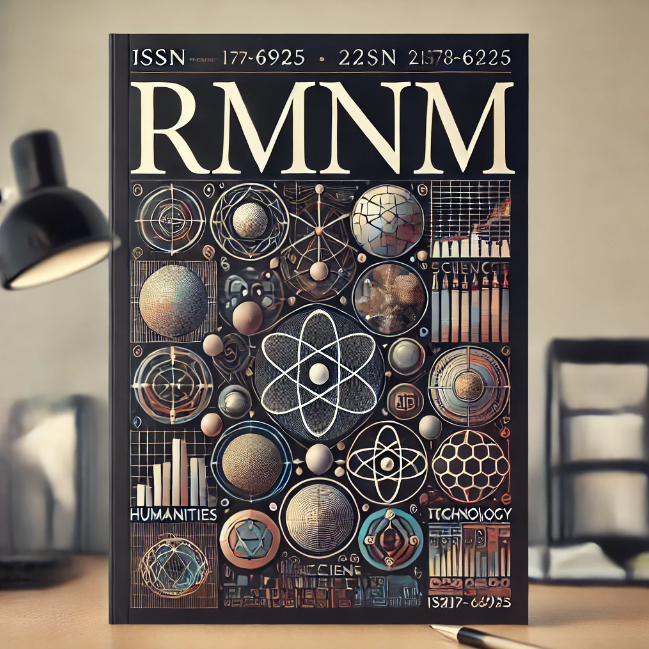COVID-19, PUBLIC HEALTH AND HOUSING CONDITIONS IN THE STATE OF AMAZONAS: BRIEF NOTES
DOI:
https://doi.org/10.61164/rmnm.v12i2.2407Keywords:
COVID-19, Urban Planning, House, Public Health, AmazonasAbstract
The COVID-19 pandemic has brought up important discussions about how cities organize themselves, considering that characteristics on population density, housing conditions and household density are one of the factors that may favor the increase of the disease. It is recognized that some regions and localities are in conditions of greater vulnerability in relation to COVID-19, especially the state of Amazonas. The Amazonas was one of the states most affected by the disease, constantly presenting high numbers of cases and deaths, having been reaching the two waves before the other units of the federation, with collapse of the health system in all municipalities. Because it is a communicable disease, containing the spread among the population has become a challenge, since most amazonian cities have high household densities (number of residents in the same house) - among the 20 Brazilian cities with the highest household density, 15 are in the Amazonas. Therefore, now and always, Public Health, Urban Planning and Regional Planning need to unify the actions, so that alternatives to contain the pandemic are effective in the municipalities of Amazonas, especially those in more remote areas, indigenous villages and riverside communities.
References
BRASIL. COVID19 - Painel Coronavírus Brasil. Brasília: Ministério da Saúde; 2020. Disponível em: <https://covid.saude.gov.br/>. Acesso em: 15 mar. 2021.
FERGUSON, N.M. et al. Impact of non-pharmaceutical interventions (NPIs) to reduce COVID-19 mortality and healthcare demand. Imperial College London, s/n, p.1-20, 2020.
GOUVEIA, N.; KANAI, C. Pandemics, cities and Public Health. Ambiente & Sociedade, v.23, p.e0120, 2020.
INSTITUTO BRASILEIRO DE GEOGRAFIA E ESTATÍSTICA - IBGE. Censo Demográfico. Tabela 3508 - Domicílios particulares permanentes, por densidade de moradores por dormitório, segundo o tipo de domicílio, a condição de ocupação do domicílio, a existência de banheiro ou sanitário e esgotamento sanitário, a existência de água canalizada e forma de abastecimento de água e a existência de energia elétrica. Brasília: IBGE, 2010.
INSTITUTO DE PESQUISA ECONÔMICA E APLICADA – IPEA. Nota Técnica número 15. Apontamentos sobre a dimensão territorial da pandemia da Covid-19 e os fatores que contribuem para aumentar a vulnerabilidade socioespacial nas unidades de desenvolvimento humano de áreas metropolitanas brasileiras. Brasília: IPEA; 2020.
LEIVA, G.C.; SATHLER, D.; ORRICO FILHO, R.D. Estrutura urbana e mobilidade populacional: implicações para o distanciamento social e disseminação da Covid-19. Revista Brasileira de Estudos de População, v.37, e0118, 2020.
ORGANIZAÇÃO MUNDIAL DA SAÚDE – OMS. Programa das Nações Unidas para os Assentamentos Humanos - ONU-Habitat. Integrating Health in Urban and Territorial Planning. Genebra: OMS, 2020.
Downloads
Published
How to Cite
Issue
Section
License
Copyright (c) 2024 Revista Multidisciplinar do Nordeste Mineiro

This work is licensed under a Creative Commons Attribution-NonCommercial-ShareAlike 4.0 International License.




